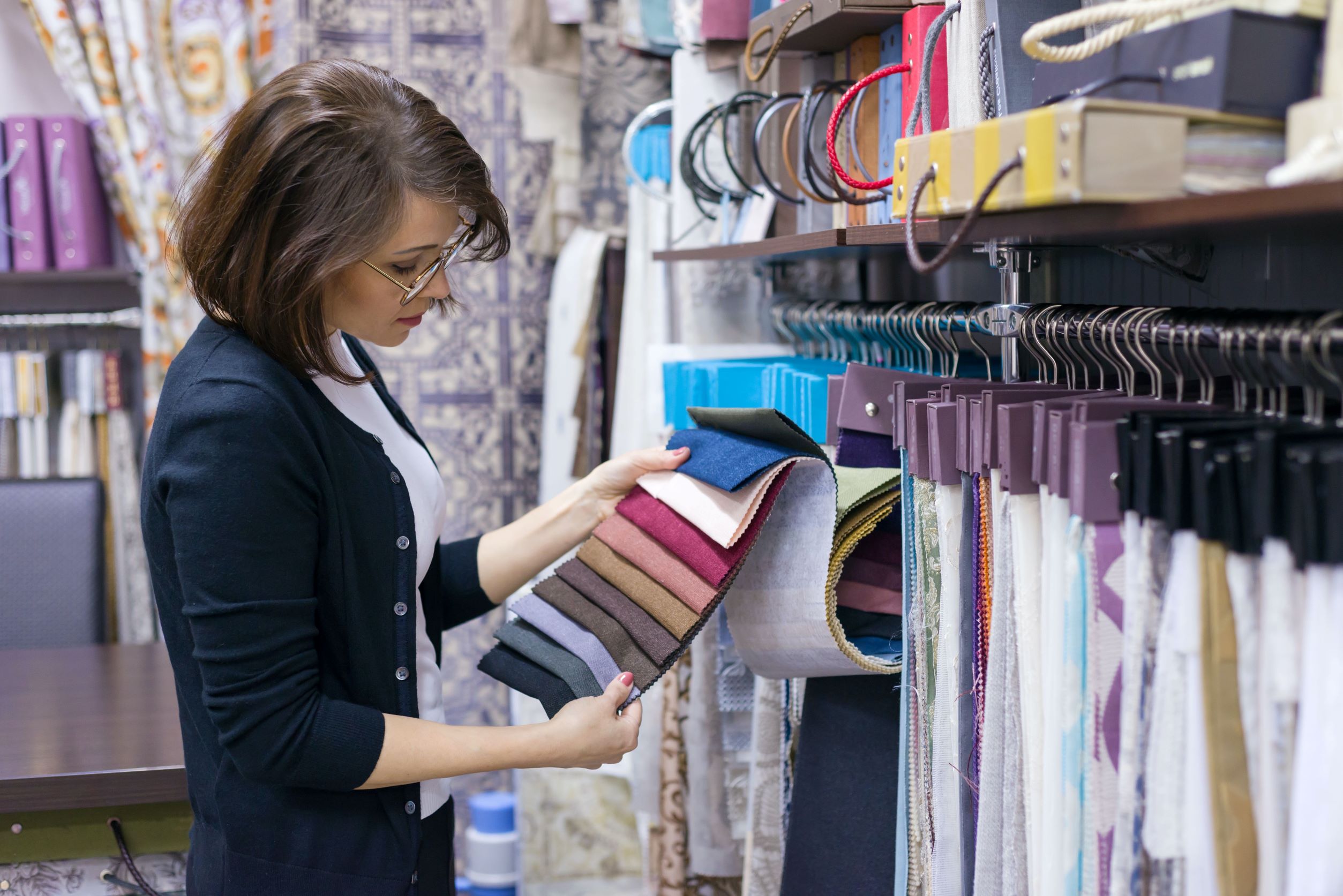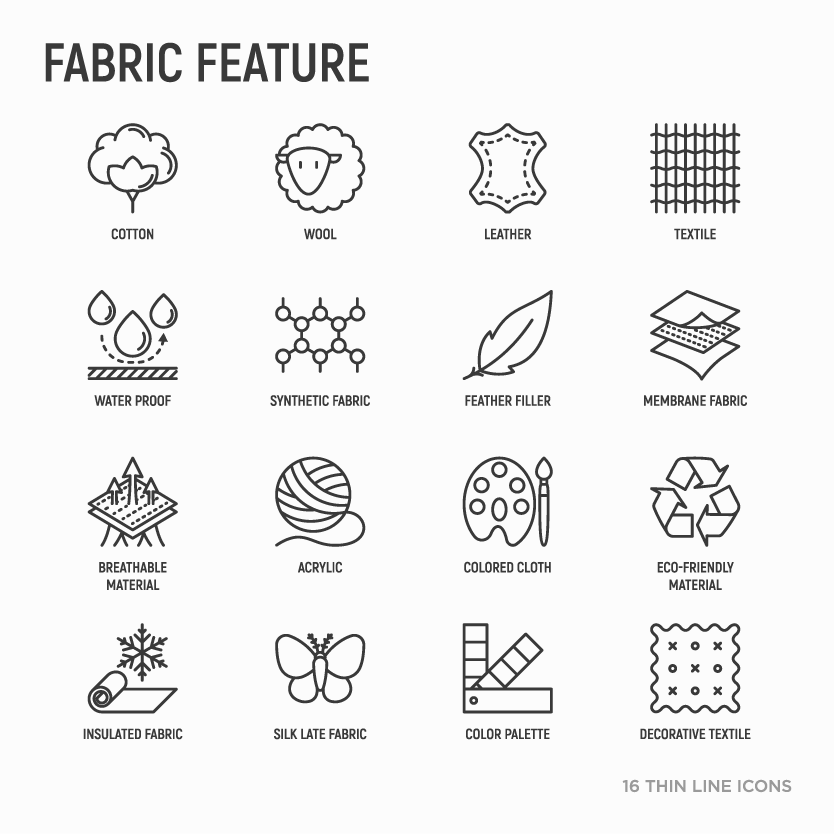
Home textiles play an irreplaceable role in decoration and are used in several other ways in home. From sofas and chairs to bed and pillows to decorative items including cushions, curtains and table runners, you can find the presence of fabrics. Let’s take a look of some common home textiles to understand better their characteristics and uses. It may help upgrading the atmosphere and living standard of your home.
Home textiles from natural fabrics
1. Wool
Wool is a very durable fabric, its thicker texture make it very good for insulation and soundproofing. Wool fabric is also good at absorbing humidity, so you may use it to help regulating a room atmosphere. As wool has good resistance against pilling and staining, it is an ideal material for blankets and rugs. Another special feature of wool is flame resistance, which means it will not spread flame when burnt.
2. Cotton
Being versatile and budget-friendly, cotton is the most popular fabric used in home textiles. It is durable, soft, hypoallergenic and good at absorbing moisture. With a good resistance to fading and piling and being machine washable, cotton can be used in many ways, like bedsheets, pillow covers, blankets and bathmats. The hypoallergenic nature makes it an incredible material for making anti-dust mite fabric.
3. Linen
Made of flax plant, linen is a very breathable and lightweight fabric. Home textile made of linen is soft, easy to dry and resistant to pilling. Because it wrinkles and shrinks easily, people tend to avoid using large piece of linen like curtains, but it is still a common choice of fabrics for homeware like table cloths, kitchen and bath towels.
4. Silk
Silk is an elegant and luxurious fabric which is known for its strength, durability and luster. It is used delicately and sparingly in household setting, usually as decorative items and upholstery for furniture and pillows. It is a wonderful but luxurious choice for bedding as silk is soft, shiny and good at absorbing moisture.

Home textiles from synthetic fabrics
1. Polyester
A very common synthetic fabric which is soft, durable and easy to clean. It blends well with natural fabrics like cotton or wool and with artificial fabrics as well. Drawbacks are static and easy to get stained.
2. Rayon (Viscose)
It has similar characteristics to silk, including luster, high moisture absorption and resistance to pilling. This fabric wrinkles easily and can become harsh and rigid, and shrinking and fading may occur with washing.
3. Acrylic
As the fabric made to imitate wool, acrylic is soft and warm, but it does not absorb moisture like natural wool. It has good resistance to stain and fading. The drawback is pure acrylic can pill easily.
4. Acetate
As another synthetic fabric that looks like silk, acetate is good at resisting pilling, wrinkles, mildew and shrinking. Drawbacks include easy to stain and dry clean only.
5. Olefin
Another name for polypropylene fiber, this eco-friendly fabric is durable, resistant to water, mildew, abrasion, stain and fading, easy to clean and static-free. All these characteristics make it the perfect fabric for upholstery, especially when used outdoor.

Home textiles from blended fabrics
Blending natural and synthetic fibers is very common as it combine the strengths of two or more fabrics into one. Here are some popular choices of blended fabrics:
1. Velvet
This is a soft and smooth fabric with shiny appearance. Initially, velvet is made from silk, but now it can also be a blend of either cotton, linen or wool with synthetic fibers. Velvet is generally used as upholstery, window drapes and pillows.
2. Cotton blends
Cotton-polyester blend is one of the most popular blended fabrics. As polyester is strong and resistant to shrinking, it makes the blend less easy to be torn and wrinkle and more washable. At the same time, cotton blends are more breathable than pure polyester because of the cotton.
3. Chenille
This is a fabric with a luxurious appearance and yet very affordable. Cotton is the main ingredient of chenille, which is mixed with acrylic, olefin, rayon, wool or silk. This blended fabric is soft, shiny and sturdy. It is a great material for upholstery, bed spreads and blankets.


